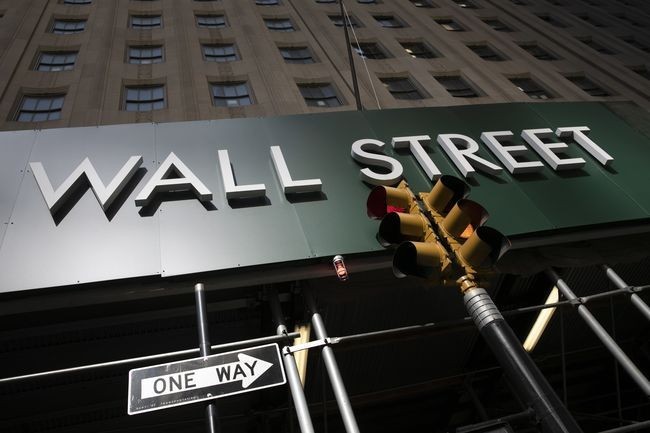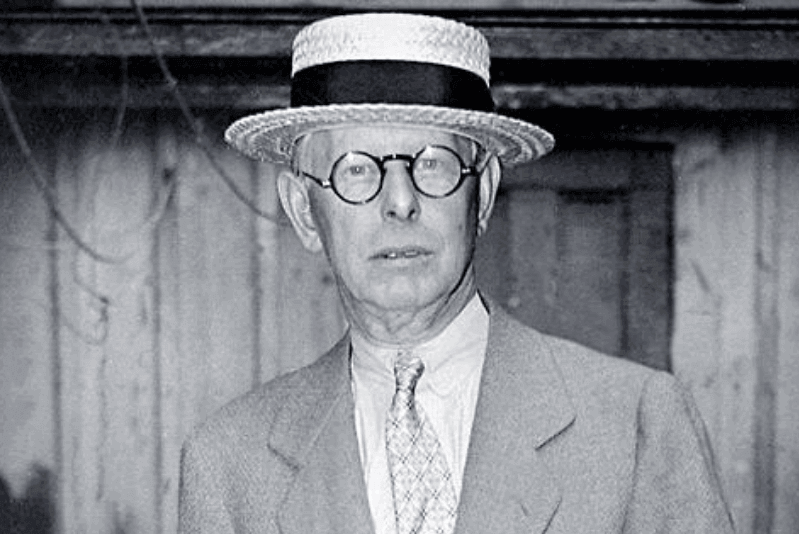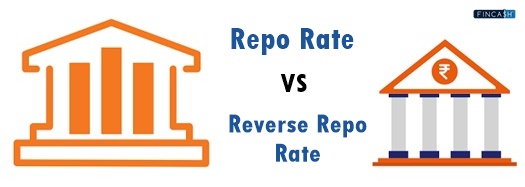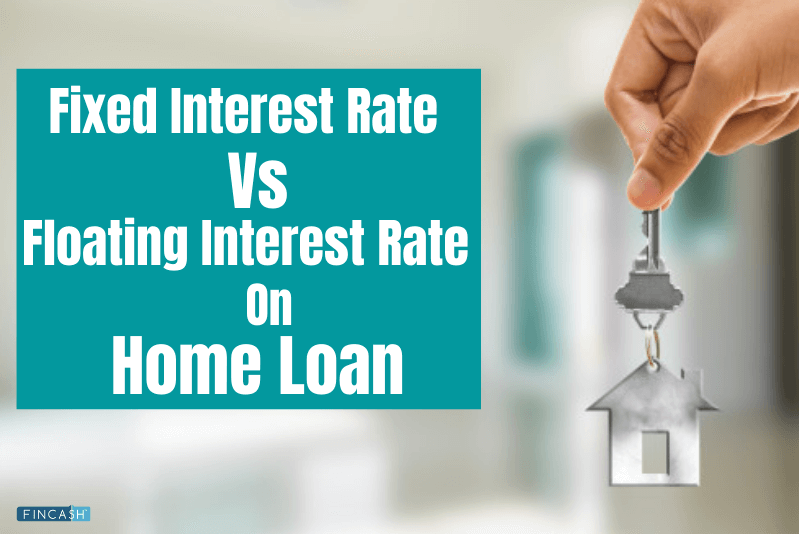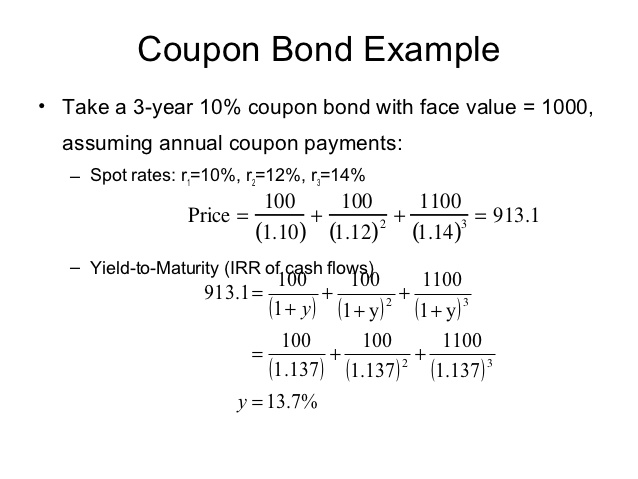
Table of Contents
Wall Street Journal Prime Rate
According to Wall Street Journal (WSJ), the prime rate is the base rate on Business loans published by a minimum of 70% of the biggest US banks. Banks consider the prime rate as the index to determine the rates on different consumer loans like auto loans and credit cards. The higher prime rate indicates an effect on the rate for credit cards. In fact, WSJ is the most reliable source of the index. Almost any financial institution can declare a prime rate on its own. Most commonly, smaller banks check the prime rate of the larger banks as the reference. Still, WSJ is the most trusted source for many lenders or banks.
Wall Street Journal Prime Rate History
Wall Street Journal publishes the prime rate every year. While comparing the historical details on the prime rate, you can find that it reached the highest level (21.5%) on 19th December 1980. On the other hand, the lowest rate can be noticed twice- on 16th December 2008 and 16th March 2020. It has been around 8.25.
Wall Street Journal Prime Rate History by Month
In January and February, the prime rate was low, as it was only 3.25%. However, the rate has increased since March (when the rate was 3.38%). Every month, there was a hike in the rate by a few percent. Finally, it reached 7.27% on December 2022.
Wall Street Journal Prime Rate Forecast 2023
According to the prediction on WSJ prime rate, it can reach 8.39% in June 2023. By the end of this year, the rate will touch 8.50%. However, it is just a prediction; there is a chance of error in the forecast value. So, you have to wait to know the accurate rate.
Talk to our investment specialist
What are the Effects of Prime Rate Increase?
You will not find an immediate impact of the hike in the current prime rate. However, it is expected that the interest rate will increase in due course. If you always track the latest trends in the prime rate fluctuation, you can calculate the amount it costs to borrow money. It will help you create a loan plan properly. If there is a variable interest rate on your present mortgage, you should consider the prime rate. The lender adjusts the rate for personal loans, home loans, and other financing options.
You will not find regular increase or decrease in the prime rate. The new rate is declared only when the major banks in the country think of raising or lowering the base rate. In some cases, the prime rate remains the same for years. On the contrary, it is also adjusted multiple times a year. This rate corresponds to the Federal funds rate. After a few days of declaring the fund's rate, you will notice a new prime rate. The monetary policies of the Federal Reserve also influence the rate. So, check the latest news published by WSJ and learn about the prime rate.
Conclusion
The Wall Street Journal serves as an important measure of the prime rate at different banks across the entire Financial Sector. Banks use the prime rate as the standard measure on different consumer loan products, auto loans, or credit cards.
All efforts have been made to ensure the information provided here is accurate. However, no guarantees are made regarding correctness of data. Please verify with scheme information document before making any investment.
